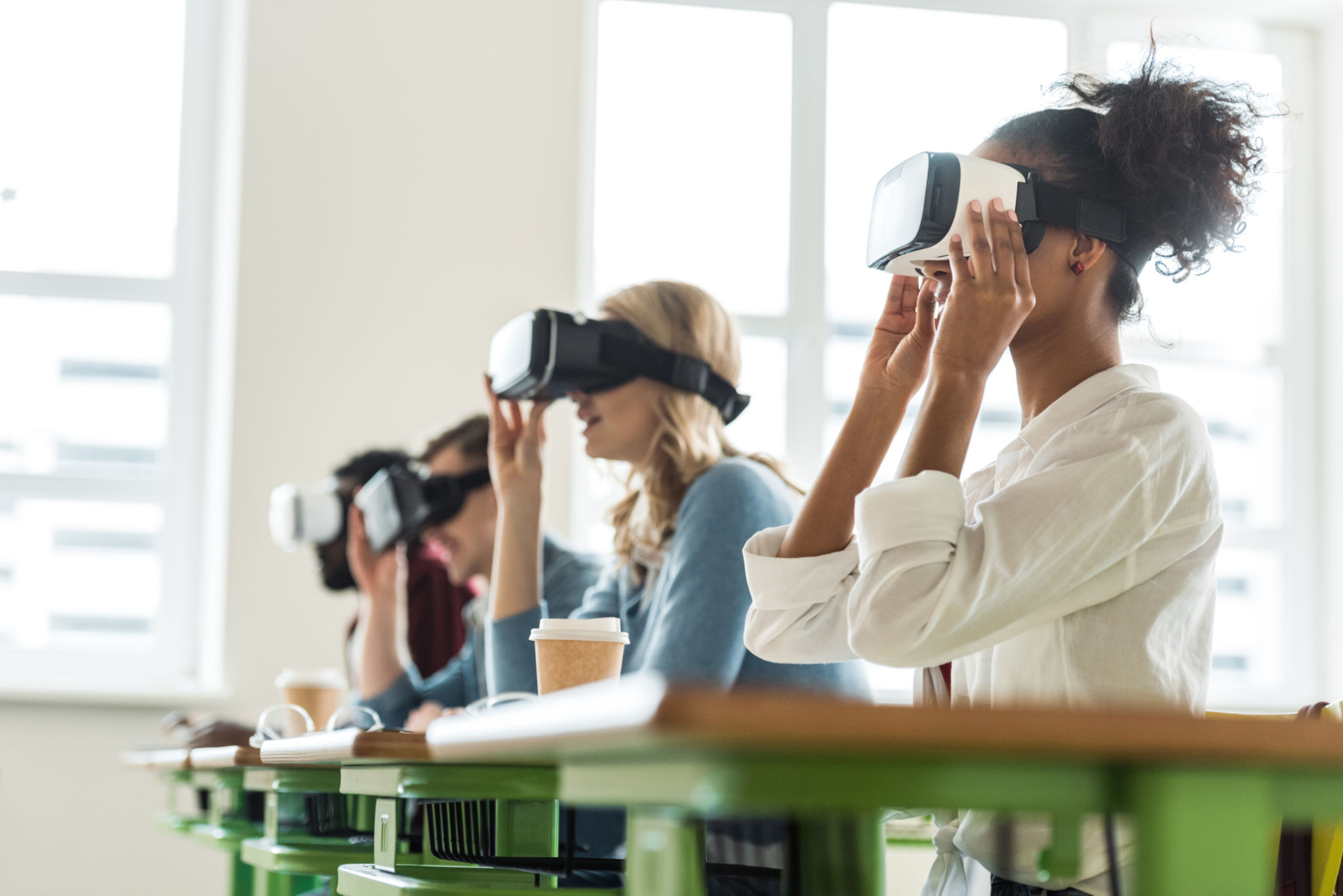The Future of VR in UK Classrooms: Opportunities and Challenges
Introduction to Virtual Reality in Education
Virtual Reality (VR) is rapidly becoming a transformative tool in various sectors, and education in the UK is no exception. As classrooms strive to integrate technology, VR offers immersive experiences that can significantly enhance learning outcomes. By simulating real-world scenarios and abstract concepts, VR can engage students in ways traditional teaching methods may not.

The Opportunities of VR in UK Classrooms
One of the most compelling opportunities VR presents is its ability to create immersive learning environments. Students can explore historical sites, dive into the ocean, or travel through space—all without leaving the classroom. This ability to "visit" places and events provides a deeper understanding and retention of knowledge.
Moreover, VR facilitates personalized learning experiences. Educators can tailor VR content to suit individual learning paces and styles, creating a more inclusive educational environment. As such, students who struggle with conventional teaching methods may find VR a more effective tool for comprehension.
Enhancing STEM Education with VR
In the realm of STEM (Science, Technology, Engineering, and Mathematics) education, VR holds significant potential. For instance, complex scientific processes and engineering projects can be visualized and manipulated in a virtual space, making abstract concepts more tangible. This hands-on approach can inspire students and encourage them to pursue careers in STEM fields.

Challenges Facing VR Implementation
Despite the evident benefits, integrating VR into UK classrooms comes with its set of challenges. One of the primary hurdles is the cost associated with VR technology. Schools must invest in VR headsets, software, and necessary infrastructure, which can be a financial strain, especially for underfunded institutions.
Additionally, there is a need for teacher training. Educators must be proficient in using VR tools to maximize their effectiveness in the classroom. This requires time and resources for professional development—resources that are often limited in educational budgets.
Addressing Safety and Accessibility Concerns
Safety and accessibility are also significant concerns when implementing VR in education. Prolonged use of VR headsets can cause discomfort or health issues like eye strain. Therefore, guidelines and best practices must be established to ensure student safety.
Furthermore, ensuring all students have equal access to VR technology is crucial. This means addressing potential disparities in technology access between schools in different areas or socioeconomic statuses.

The Role of Government and Policy Makers
The successful integration of VR in UK classrooms hinges on support from government and policymakers. Investment in educational technology funding and initiatives to promote digital literacy are essential. Collaboration between educational institutions, tech companies, and government bodies can facilitate a smoother transition and wider adoption of VR technology in schools.
Conclusion: A Vision for the Future
The future of VR in UK classrooms is promising yet complex. As technology evolves, it brings both exciting opportunities and formidable challenges. By addressing these challenges thoughtfully and collaboratively, VR can revolutionize the educational landscape, making learning more engaging and effective for students across the UK.